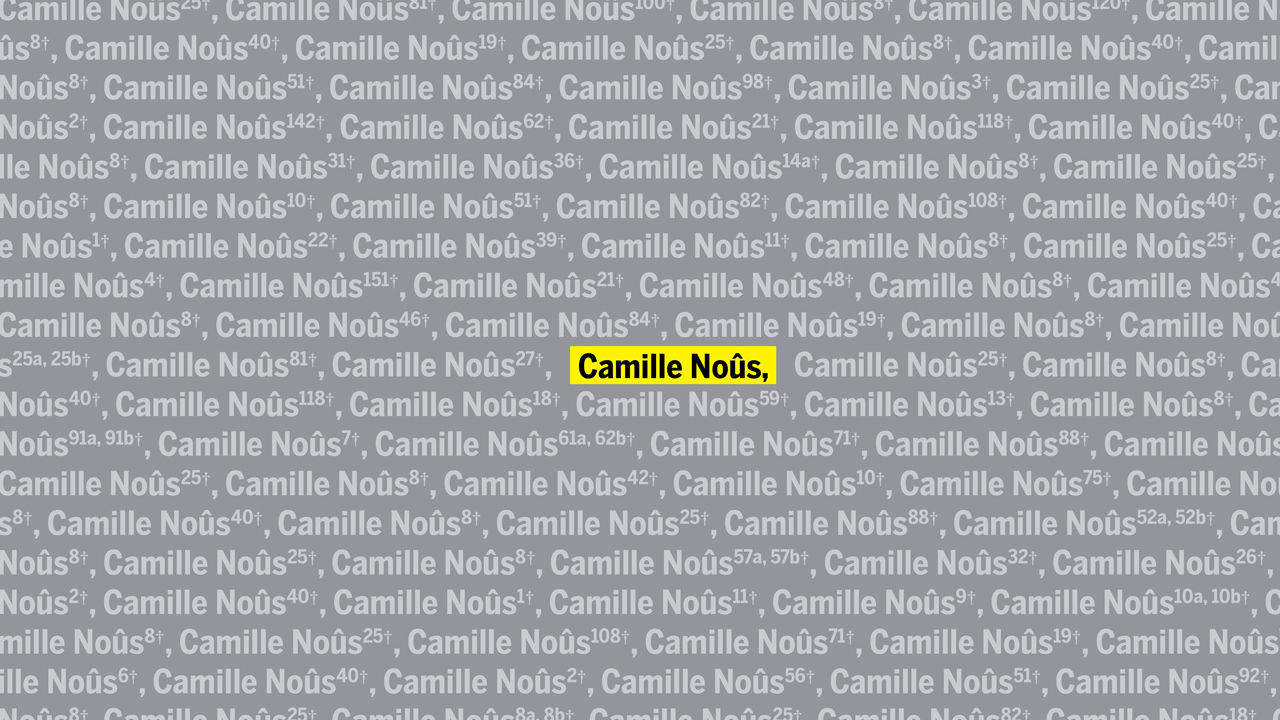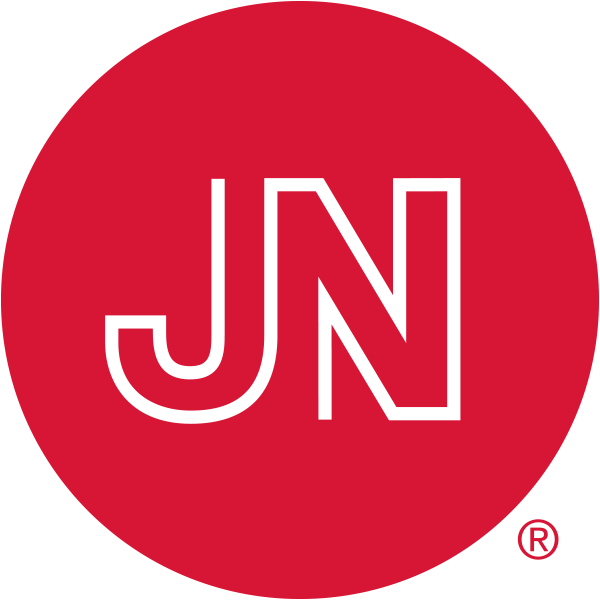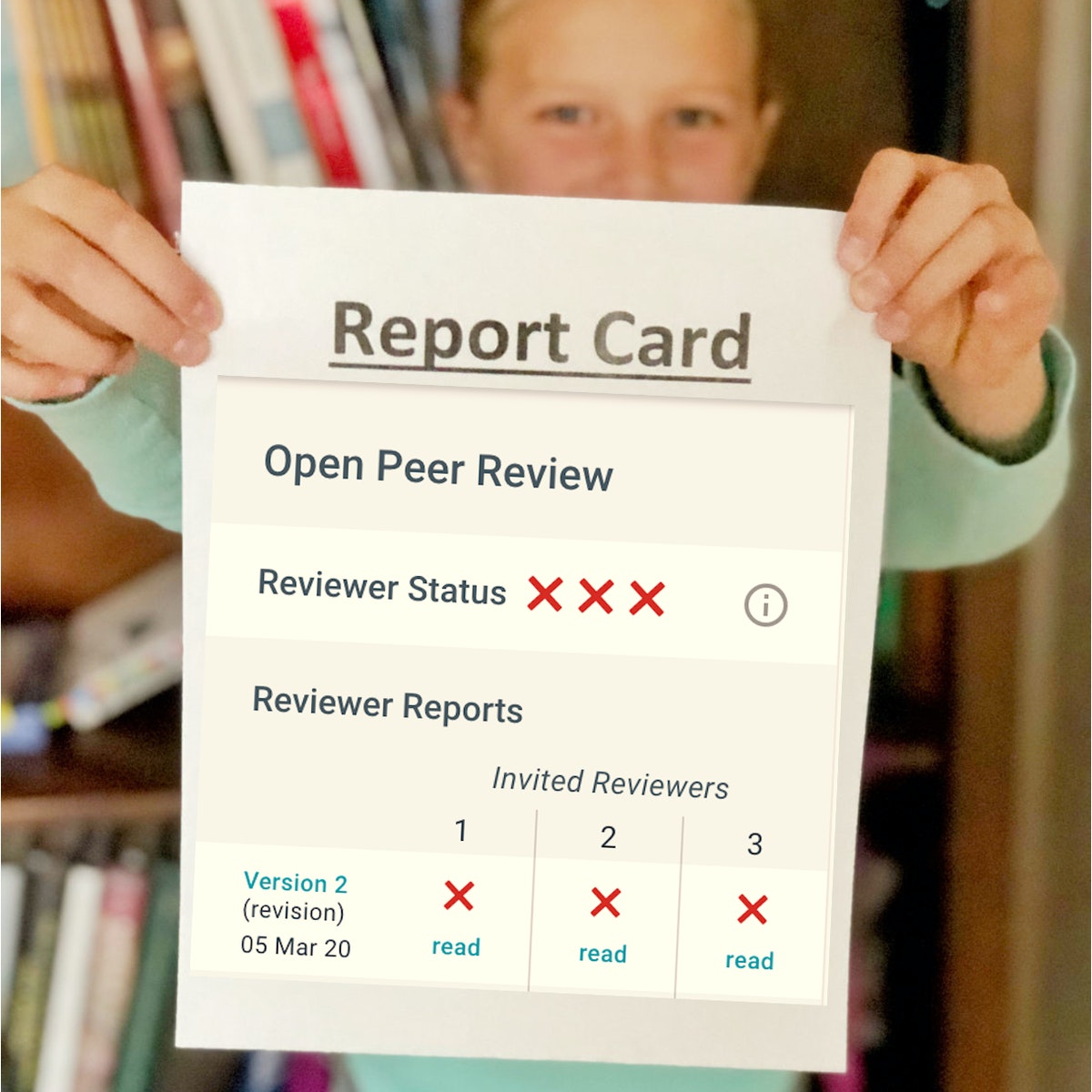Frosty Reception for Algorithm That Predicts Research Papers' Impact
A mathematical model designed to forecast the success of biotechnology papers has drawn criticism from researchers.

Send us a link
A mathematical model designed to forecast the success of biotechnology papers has drawn criticism from researchers.

Nearly 900 universities, research organisations, and funding agencies want science publishers to be more transparent and abide by open access rules, after scientists complained their submissions are rejected if they apply a public copyright licence to accepted manuscripts.
Academics suspect that papers with grabby conclusions are waved through more easily by reviewers.

An "XKCD" comic and its many remixes perfectly captures the absurdity of academic research.

A comparison of preprints and their final journal publications show discrepancies in results reporting and spins in interpretation.
Announcing the launch of five new journals, all addressing global health and environmental challenges and rooted in the full values of Open Science.

This post explores how scholarly publishing should relate to scholarly communication. Ostensibly aligned, publishing and communication have diverged. Some processes involved in scholarly publishing are getting in the way of optimal scholarly communication, as the present pandemic amply reveals.
As eLife transitions to exclusively reviewing preprints, we have integrated medRxiv into our submission process for the rapid sharing of new medical research.
Renke Siems on user tracking on science publisher platforms, its implications for their individual users and ways to face this issue

Tracking how factors such as biases and conflicts of interest creep into editorial boards requires better data.
Paper analyzes how research contributions are divided across research teams, focusing on the association between division of labor and number of authors, and authors’ position and specific contributions by using the Contributor Roles Taxonomy (CRediT).
The push to remove journal paywalls officially started this year. Here's how it works.

This author asks: Can scientists who are so meticulous in preparing their papers and so generous with their time in reviewing them for free not find better ways to advance science than relying on profiteering journals?

Study of researchers indicates that a preprint or accepted manuscript can substitute for the version of record in some use cases but not all.

An Open Science initiative for the independent execution of computations underlying research articles during peer review to improve reproducibility.
Global study of the effects of COVID-19 on research funding, publishing, and library budgets - the truth we found in the gap between perception and reality

Today, we are adding a Public access section to Scholar profiles to help you track and manage public access mandates for your articles.

Some publishers say they are battling industrialized cheating. A Nature analysis examines the 'paper mill' problem - and how editors are trying to cope.

Editormetrics analyse the role of editors of academic journals and their impact on the scientific publication system. However, such analyses would best rely on open, structured and machine-readable data on editors and editorial boards, whose availability still remains rare.
A group of mathematicians invents a fictional researcher as a form of protest, but ethicists argue that the campaign is misguided.

The newly announced California/Elsevier transformative agreement will test the financial sustainability and the financial desirability of the multi-payer model.

From June 2020 to February 2021, a consortium of 10 organisations undertook a large-scale study on open access journals across the world that are free for readers and authors, usually referred to as "OA diamond journals". This study was commissioned by cOAlition S in order to gain a better understanding of the OA diamond landscape.
The next phase of the Executable Research Article project will focus on reducing barriers to the authoring and publication of reproducible research papers.
The OA Switchboard has started to develop from an initial seed of an idea into an active community initiative with a broad spectrum of stakeholders committed to making it a success.

For many years and increasingly in the last year, the JAMA Network journals have published many important articles addressing disparities and racism in medical education, research, and health care and highlighting initiatives to help address deep-rooted inequities.

The UK Publisher's Association has commissioned a report that seems to be their latest attempt at painting open access to research as economically damaging to the publishing sector.

Citations, downloads, indexing - a scientific report gets all this, even if it's rejected.

Lab and Study Protocols, two new article types at PLOS ONE that provide recognition for methods contributions, are now open for submission.

Context Convergent analyses in different disciplines support the use of the Percentage of Papers by the Most Prolific author (PPMP) as a red flag to identify journals that can be suspected of questionable editorial practices. We examined whether this index, complemented by the Gini index, could be useful for identifying cases of potential editorial bias, using a large sample of biomedical journals. Methods We extracted metadata for all biomedical journals referenced in the National Library of Medicine, with any attributed Broad Subject Terms, and at least 50 authored (i.e. by at least one author) articles between 2015 and 2019, identifying the most prolific author (i.e. the person who signed the most papers in each particular journal). We calculated the PPMP and the 2015-2019 Gini index for the distribution of articles across authors. When the relevant information was reported, we also computed the median publication lag (time between submission and acceptance) for articles authored by any of the most prolific authors and that for articles not authored by prolific authors. For outlier journals, defined as a PPMP or Gini index above the 95th percentile of their respective distributions, a random sample of 100 journals was selected and described in relation to status on the editorial board for the most prolific author. Results 5 468 journals that published 4 986 335 papers between 2015 and 2019 were analysed. The PPMP 95th percentile was 10.6% (median 2.9%). The Gini index 95th percentile was 0.355 (median 0.183). Correlation between the two indices was 0.35 (95CI 0.33 to 0.37). Information on publication lag was available for 2 743 journals. We found that 277 journals (10.2%) had a median time lag to publication for articles by the most prolific author(s) that was shorter than 3 weeks, versus 51 (1.9%) journals with articles not authored by prolific author(s). Among the random sample of outlier journals, 98 provided information about their editorial board. Among these 98, the most prolific author was part of the editorial board in 60 cases (61%), among whom 25 (26% of the 98) were editors-in-chief. Discussion In most journals publications are distributed across a large number of authors. Our results reveal a subset of journals where a few authors, often members of the editorial board, were responsible for a disproportionate number of publications. The papers by these authors were more likely to be accepted for publication within 3 weeks of their submission. To enhance trust in their practices, journals need to be transparent about their editorial and peer review practices.

Most researchers don't intend to cite retracted papers, but it can have serious consequences for science.